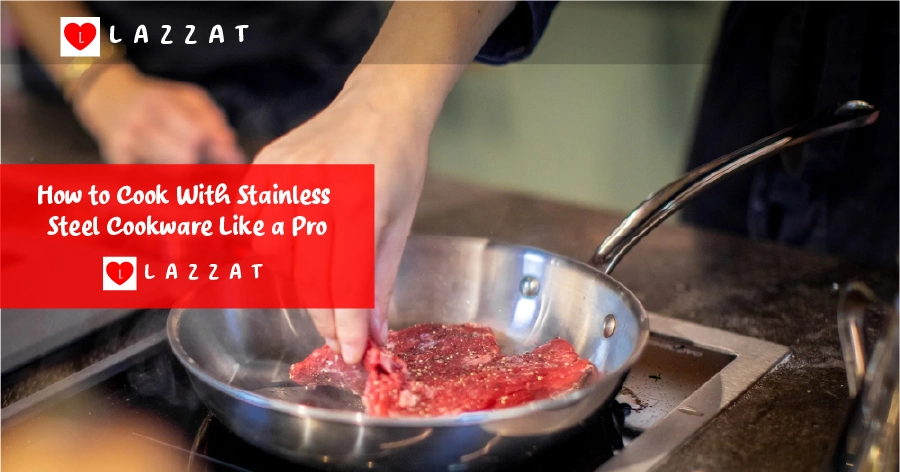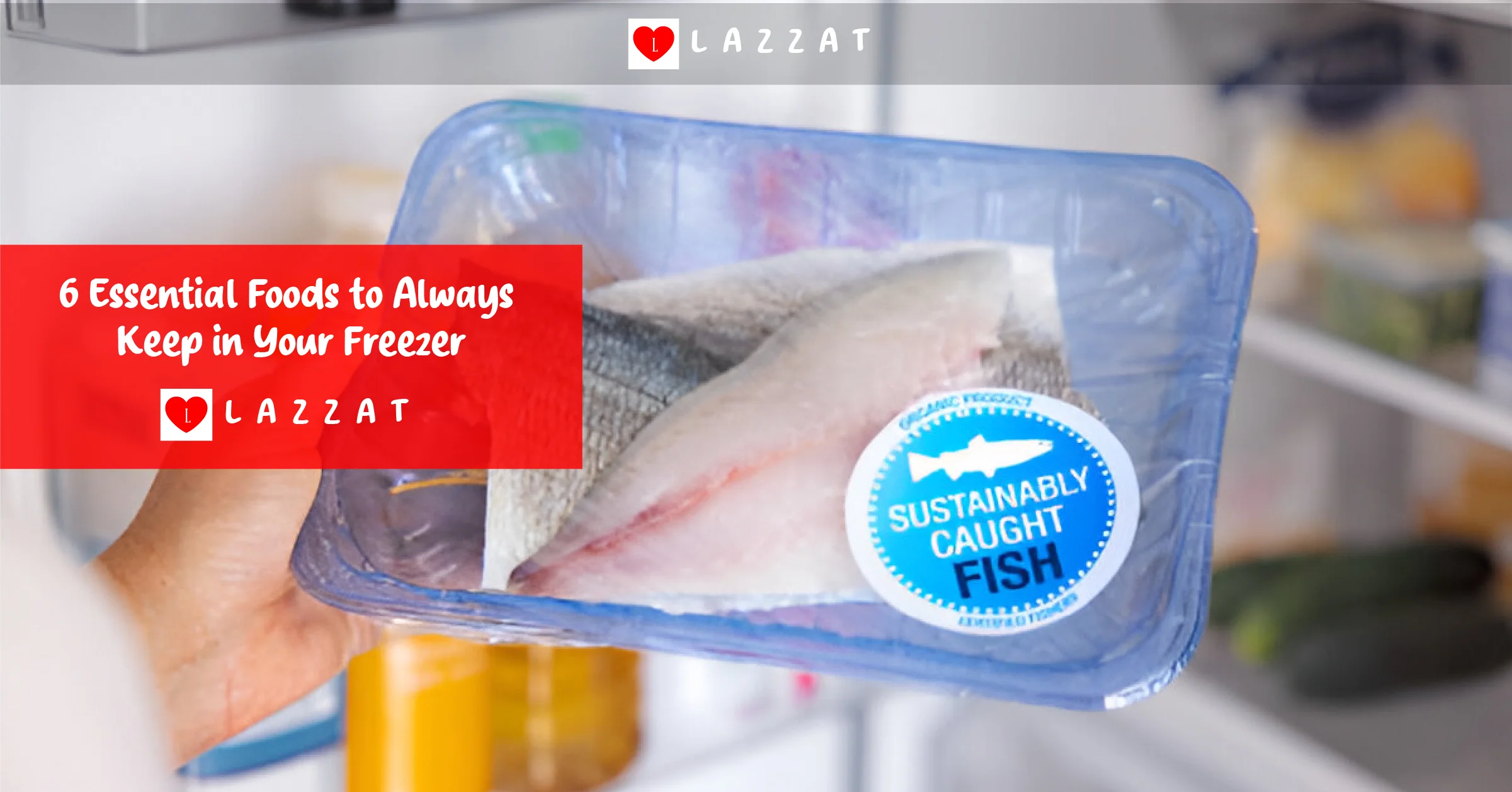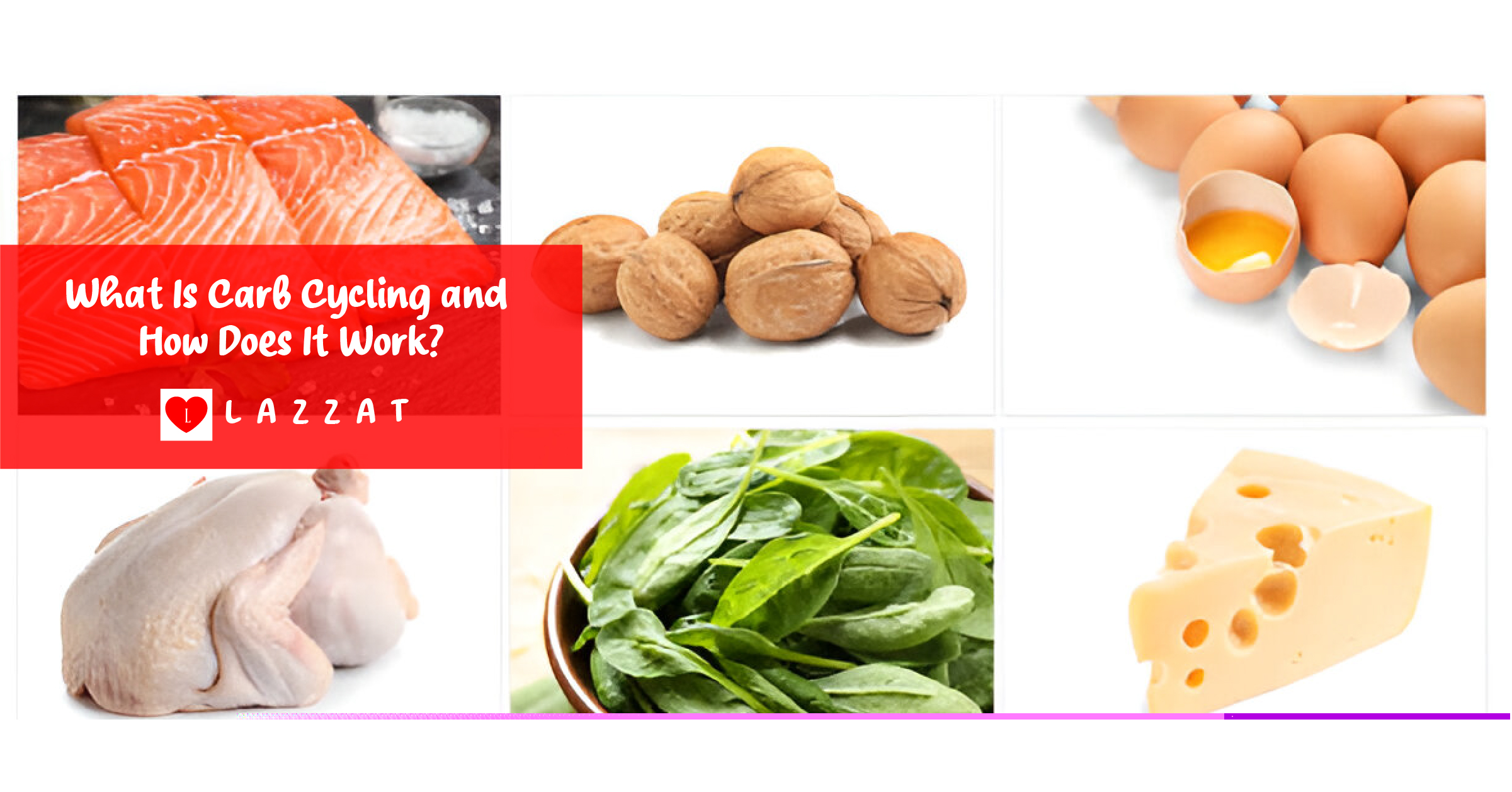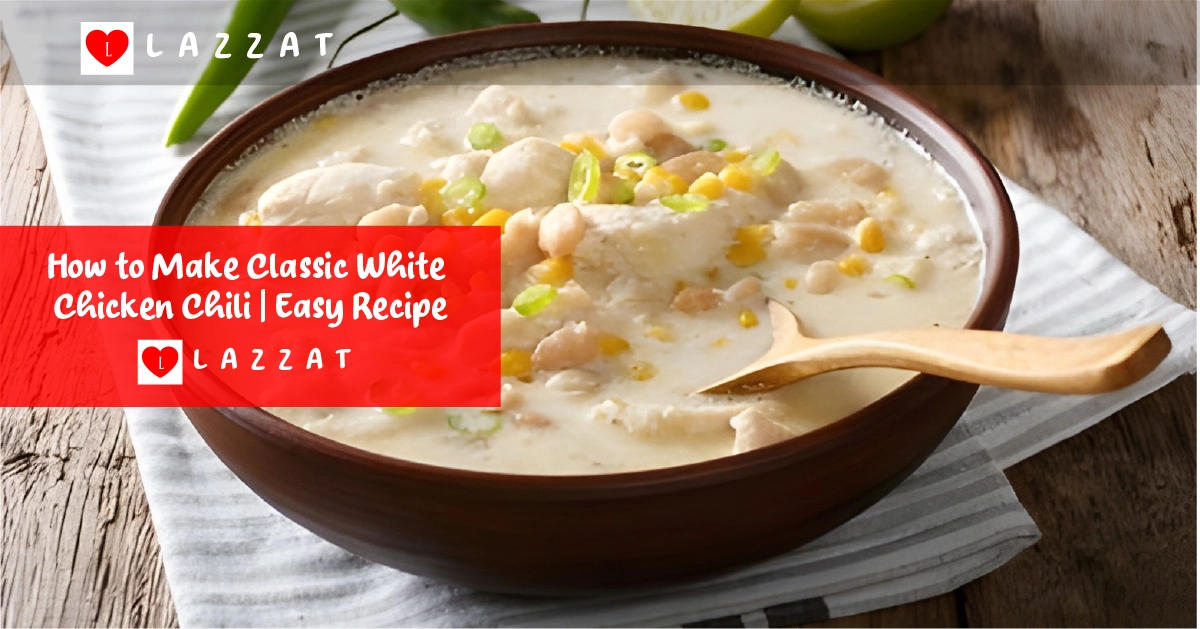As a home cook, you might have heard about stainless steel cookware. It’s known for its durability, heat conductivity, and top-notch performance. Chefs and home cooks love it for these reas...
Home / Like a Pro
Browsing Tag: Like a Pro
Featured Posts
6 Essential Foods to Always Keep in Your Freezer
Apr 07, 2025What Is Carb Cycling and How Does It Work?
Apr 05, 2025Delicious & Low-Calorie Recipes for Your Diet
Mar 29, 2025Category List
- Latest
- Popular






